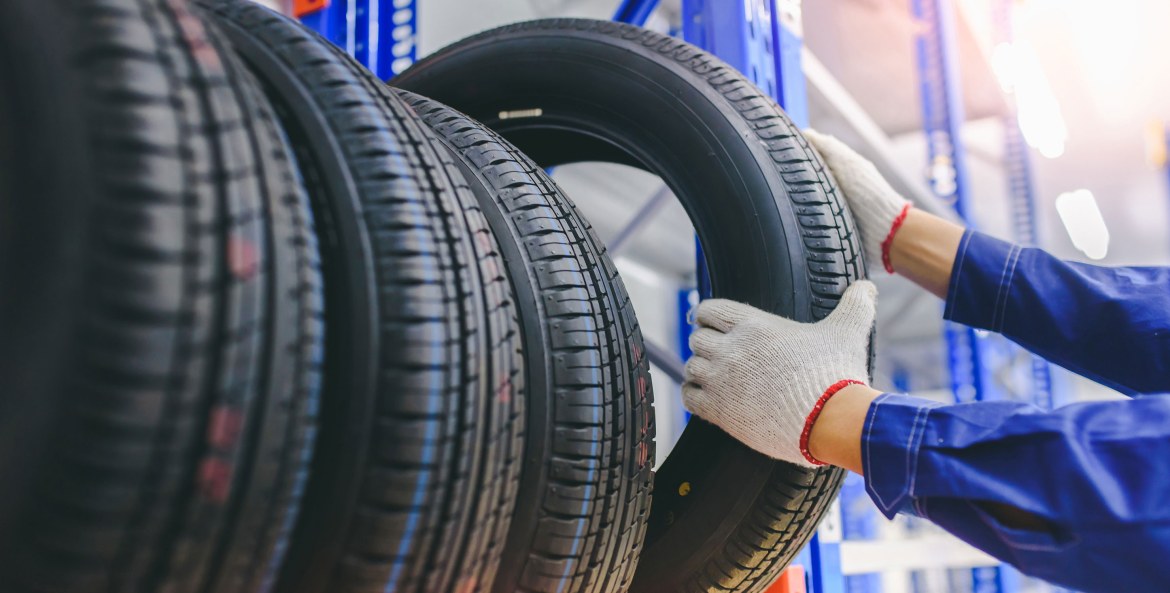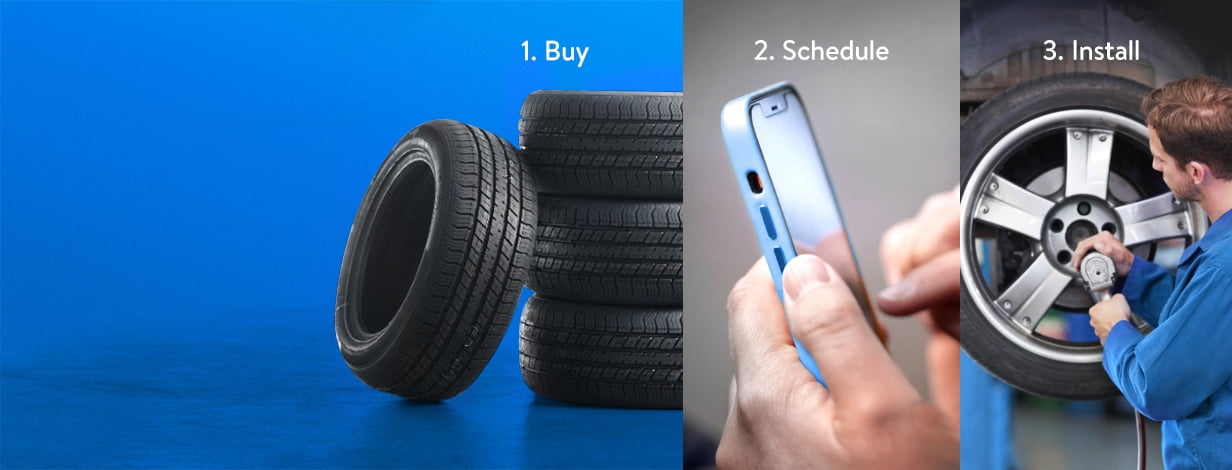All Categories
Featured
Table of Contents
The Michelin provided a comfy driving experience, characterised by receptive steering and a progressive understeer balance. Despite the cooler testing problems, Michelin's regular time and grasp over 3 laps indicates its suitability for real-world applications.
One more remarkable facet was Yokohama's warm-up time. The tyre's very first lap was a second slower than the second, directing to a temperature-related hold boost. This suggests the Yokohama may shine in completely dry, race-like problems. For everyday usage, the Michelin may be a much safer wager. Next in line was the Hankook.
Trusted Tyre Installation Near Me – Nollamara WA
It shared Michelin's safe understeer balance however lacked the latter's willingness to transform. Continental and Goodyear's performances were remarkable, with Continental's new PremiumContact 7 revealing a substantial enhancement in wet conditions compared to its precursor, the PC6. This design was much much less delicate to pack changes and behaved similar to the Michelin, albeit with somewhat much less interaction at the limit.
It integrated the safe understeer balance of the Michelin and Continental with some stylish handling, showing both foreseeable and quick. As an all-rounder for this Golf GTI, Goodyear's Asymmetric range was the standout, demonstrating excellent efficiency in the wet. The Bridgestone Potenza Sport took the crown as the fastest tire, albeit by a tiny margin.
Drivers seeking an interesting damp drive could discover this tire worth considering. The standout entertainer in wet stopping was the latest tire on test, the PremiumContact 7, though the results are nuanced.
Leading Wheel Alignment Services Near Me (Nollamara)
Preferably, we desired the cold temperature level examination to be at around 5-7C, however logistical hold-ups implied we evaluated with a typical air temperature of 8C and water at 12C. While this was cooler than standard examination conditions, it was still warmer than real-world problems. The warm temperature level examination was done at approximately 18C air and 19C water.
The third run entailed damp stopping tests on worn tires, specifically those machined down to 2mm with a small encounter. While we meant to do more with these worn tires, climate restraints restricted our testing. However, it's worth keeping in mind that wet stopping is most crucial at the worn state, as tires generally boost in dry conditions as they put on.

Bridgestone, Goodyear, and Michelin saw the least performance reduction when used. The Hankook tire signed up the smallest performance decrease as temperature levels cooled down, but it was amongst the most influenced when used.
Leading Cheap Tyres Near Me
The take-home message right here is that no single tyre excelled in all elements of wet stopping, suggesting an intricate interplay of factors affecting tire efficiency under different problems. There was a standout tire in aquaplaning, the Continental finished top in both straight and rounded aquaplaning, with the Michelin and Goodyear also extremely good in deeper water.

Yokohama could gain from somewhat even more hold, a problem potentially influenced by the colder conditions. As for handling, all tires performed within a 2% variety on the lap, demonstrating their top notch performance (Long-lasting tyres). Nevertheless, taking into consideration these tyres basically target the same client, it's fascinating to observe the significant differences in feeling.
The surprise is due to the fact that the PremiumContact 6 was just one of my favourites for sporty dry drives, but its follower, the PremiumContact 7, appears elder and resembles Michelin's efficiency. Among these, Hankook was the least precise in guiding and communication at the limit. Tyre repair services. Both Michelin and Continental used lovely preliminary guiding, albeit not the fastest
If I were to recommend a tyre for a quick lap to an amateur, claim my papa, it would certainly be just one of these. After that we have the 'enjoyable' tires, specifically Yokohama and Bridgestone. Both were speedy to guide and felt sportier than the others, however the compromise is a much more playful back side, making them a lot more challenging to deal with.
Trusted Tyre Upgrades Near Me – Nollamara WA
It provided similar steering to Bridgestone however offered far better responses at the limit and far better grip. The Bridgestone Potenza Sporting activity, nonetheless, appeared to degrade fairly promptly after just three laps on this demanding circuit. There's Goodyear, which placed itself someplace between the enjoyable tyres and those having a tendency towards understeer.
In conclusion, these tires are superb performers. For roadway use, I would certainly lean towards either the Michelin or Goodyear, depending upon your certain preferences. In regards to tyre wear, the approach used in this examination is what the market describes as the 'gold standard' of wear. The wear professionals at Dekra performed this test, which included a convoy of automobiles going across a meticulously intended course for 12,000 kilometres.
Both the Bridgestone and Yokohama tyres considerably underperformed in comparison to the other 4 tyres in regards to rolling resistance, with Continental somewhat surpassing the rest. Concerning the comfort degree of the tires, as expected, many demonstrated an inverted correlation with handling. The Continental, Michelin, and Goodyear tyres performed finest throughout various surface area kinds examined.

Bridgestone began to reveal indications of suppleness, while Yokohama was specifically rough over splits. We did determine inner noise levels; nevertheless, as is commonly the case, the outcomes were very closely matched, and because of weather restrictions, we were not able to carry out a subjective analysis of the tyres noise. We looked at abrasion figures, which gauge the amount of tyre tread shed per kilometre, normalised to a one-tonne lorry.
Tyre Installation Near Me (Nollamara 6061 WA)
This figure stands for the quantity of rubber dust your tires produce while driving. Michelin led in this category, creating over 9% less rubber particulate matter.
Latest Posts
Wheel Alignment Near Me – Swan
Leading Vehicle Alignment
Reliable Cost-effective Car Tyres Near Me